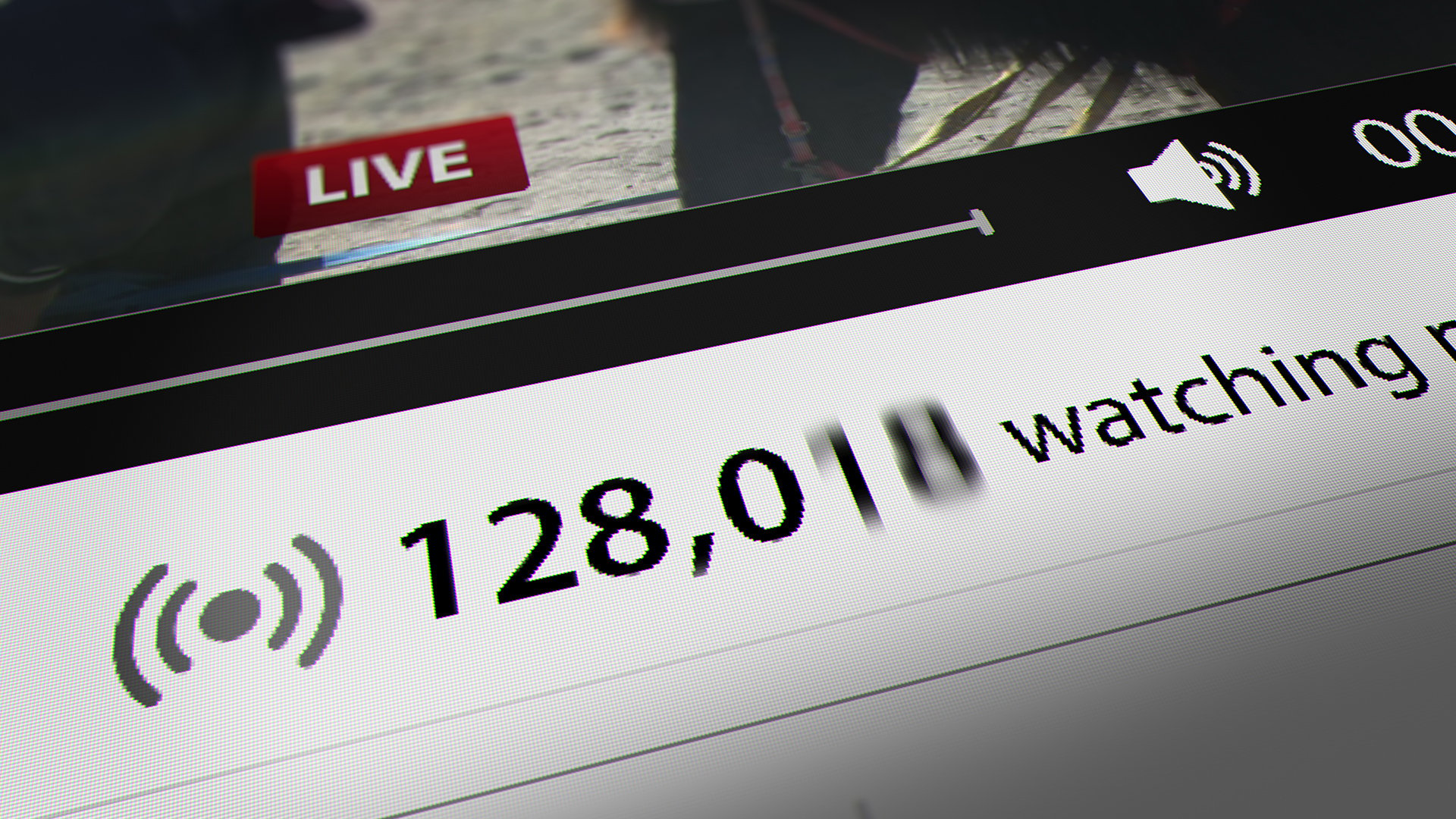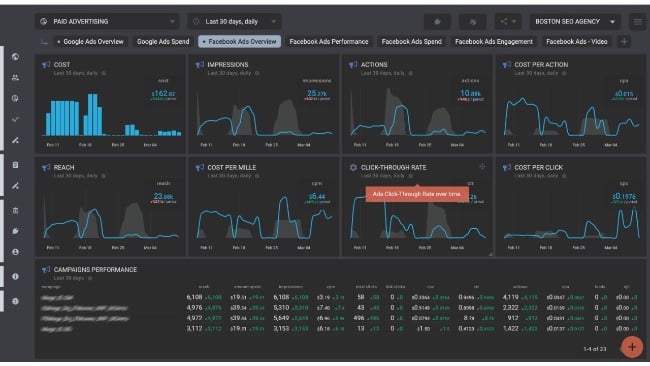
Replay: If you've been struggling to sell your video production services to clients, read on to find out why what you've been doing might be all wrong.
We now live in a data-driven world. Data is all around us and our video tool’s success is by all accounts quantifiable. While the story is king, it only comes after identifying a problem, a need and a response as to “why video?” may be an appropriate resolution.
With this out of the way, I’ve been voraciously reading content on new-age video marketing to sharpen up my day-to-day sales tactics, as well as gaining feelers on a ground level to where video marketing is heading in negotiations. To be honest, while I’m not entirely thrilled with this shift (that has been occurring for some years now), it is crucial to think about and sell on these terms as it’s become all about strategy and ROI (return on investment). I’ve read a lot of negativity in the comments lately about the health of the video industry. If you’re operating as a freelancer in a densely populated inner city, this might not apply, but if you are a small, medium, or even large size creative firm, I believe it’s absolutely crucial to diversify your skill sets and services to remain competitive.
Intuitive video marketing is dead. Long have the days since passed that you can sell a glossy video product with a premium price tag, without getting into the validity of its worth. One cannot simply walk into a boardroom meeting (or even get a meeting for that matter) and plan on pitching a team based on compelling storytelling, quality, or style. Even if you are still capable of selling this way in your given regional market, your product’s success can be easily measured. If you’re not careful and ignore strategy / distribution / metrics, you might just blow the opportunity for repeat business. While there are larger Fortune 500 companies that are dealing with the strategy / distribution / ad buys in-house and still outsource their work to creative firms who are strictly handling content, those jobs are far and few between.
Learning a new language
We are mainly talking about adapting to the language / offerings of mid-tier corporate business (3m – +300m annual gross revenue) that have a budding marketing department but not enough hands on deck to juggle everything. It all circles back to “why video?” and that is greatly circumstantial client-to-client-based on their own unique needs. As video content creators, we must perform our due diligence to research and identify facets of a business that might benefit from these tools before you even sit down with the lead. You may want to keep those ideas close to the chest, go in with an open mind and be prepared to be a great listener with a series of questions to extract a problem. It is detrimental, however, to have strong understandings in how to communicate and distribute these tools even at a minimum so you may jive with a marketing or sales VP.

With strong UI dashboards that can measure all levels of traffic, engagement, click paths, audience retention, minutes watched, conversions, likes, shares etc. etc. etc. (ugh!), clients can get a strong sense of what’s working, what isn’t, and where to place their budgetary focus. Honestly, it’s mentally exhausting and takes the fun right out of the creative process, but… we must adapt. Third-party apps like Magisto, SocialNative, or 90Seconds, all offer compelling, “cheap” solutions, but their critical flaw is a deep understanding of the client’s problem, audience, local market, and they lack authenticity to leverage your content appropriately. Platforms like that are geared towards the bigger national picture, so you need to be able to speak on a more personal scale to differentiate yourself from the automation giants that will inherently suck the life-force out of your lead’s budget.
So my suggestion is to learn the ropes of distribution to help your client make the most of your video products. There’s so much content online for free that can offer you the fundamentals including (but not limited to):
- How to set up an ad buy
- How to implement an ad budget and how to scale it
- Where that ad space should live (what outlets)
- How to create and target your audience
- Best day and times the adverts should run
- How to construct a multi-tier video campaign
- Strategy to create content that engages your audience
- Best runtime practices in unison with visibility algorithms
- The best result with non-conventional aspect ratios and news feed real-estate
- Relevant meta-tag burning, and hash-tagging within identified interest groups
- Strong copywriting skills for click-bait “call to action” engagement / trafficking.
Competitive advantages
It’s really about sharpening up your competitive advantages, instilling confidence in your sales pitch and, at the very least, learning the language so you can communicate effectively with interdisciplinary figureheads. Through the process of learning these platforms, I can now sit at a table and accurately forecast what a client’s result may be so that they can feel good about their investment. Discovering and setting realistic, tangible goals from the onset is crucial so that everyone is on the same page. Sure, monetary conversions, to some degree, are never real unless they point directly at a B2C credit card input field, but with a mild understanding you should be able to sell your video tools a little better and, at the end of the day, help the client create a bigger splash with traction / engagement (which might be all their after for brand-building purposes).
In conclusion, the client’s success is your success. Don’t leave them standing empty-handed with a video they can’t put to work. If you go that extra mile to learn a new facet of our trade, it will come across in your consulting, you’ll have more to offer over your competitors and, more importantly, it will show in your campaign’s success!
Tags: Business


Comments